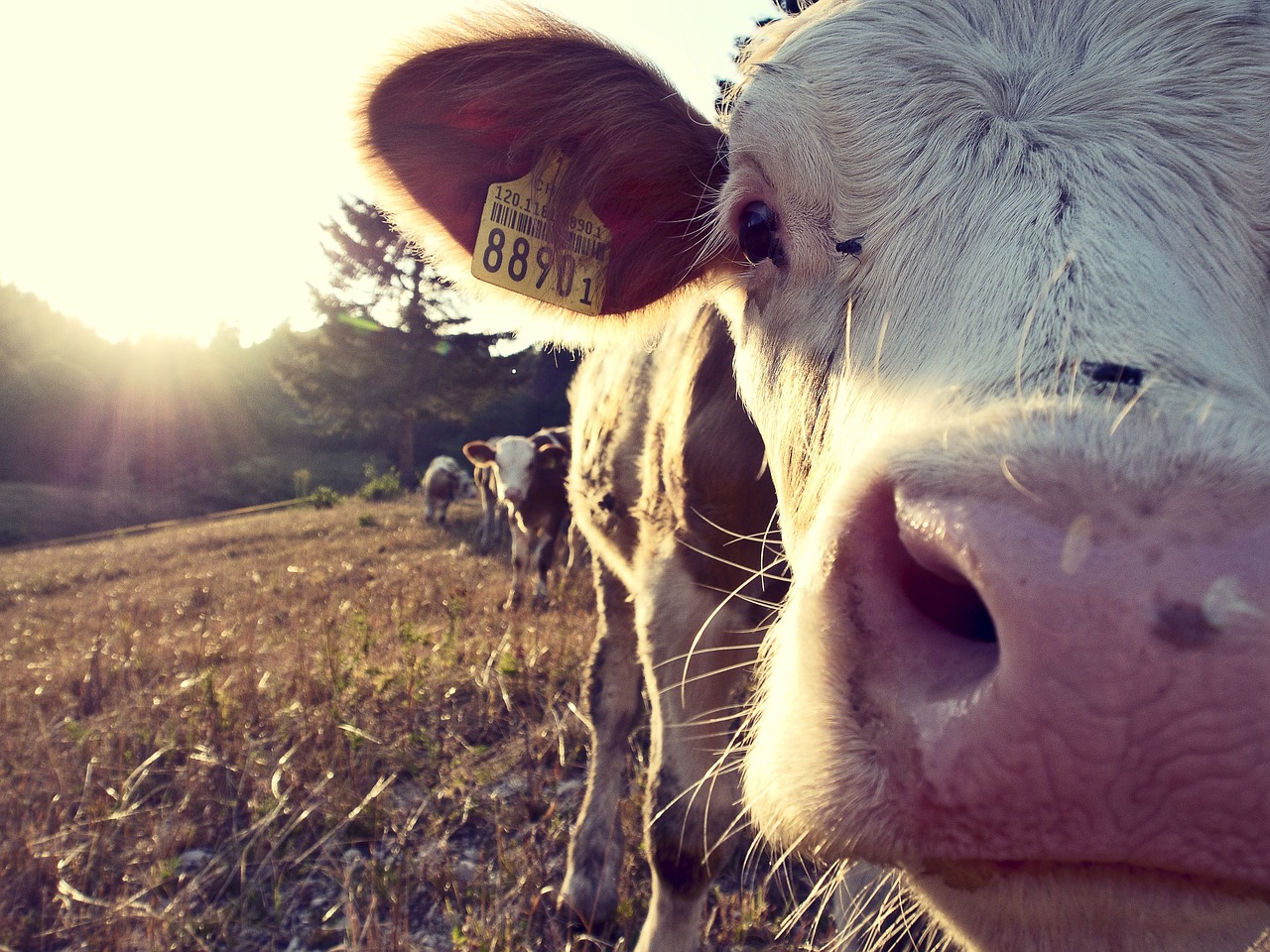Veterinary Drugs
What are Veterinary Drugs?
In modern agricultural practices, veterinary drugs are being used on a large scale. The majority of these drugs are administered as feed additives or via drinking water to prevent the outbreak of diseases or to improve the growth of animals.
The use of veterinary drugs for food-producing animals such as poultry, lactating cows, etc. can affect public health and the international trade of food products because of the presence of residues of drugs in edible products (milk, eggs, body tissue after slaughtering).
Depending upon the period between the administration of the drug and the collection of the animal product (withdrawal period), drug-related residues may be present in these products.
FDA laboratories have the technical capabilities to test for these residues in various matrices. All sub-sampling, testing, and laboratory analysis are performed according to specialized international standards.

Request a Quote
To request a free, no obligation quote, please follow the link and complete the form.
General Capabilities
- Multi-residue analysis of veterinary drugs
- Residue analysis of single actives
- Therapeutic levels of veterinary drugs
- Bioequivalence studies for veterinary drugs
- Regulatory compliance testing of veterinary drugs
Relevant Matrices
- Meat – kidney, liver, muscle and fat
- Meat products
- Eggs and egg products
- Honey
- Milk and milk products
- Serum
- Finished products
Equipment and Processes
- HPLC
- LC-MS/MS
- GC-TOF (MS)
Examples of Veterinary Drug Residues
Tetracyclines⠀
Coccidiostats
Anthelmintics
Chloramphenicols derivatives
Non-Steroidal Anti-Inflammatory Drugs
Other Antibiotics
Xenobiotic Hormones
Aminoclycosides
Macrolides
Quinolones
Sulfonamides
Antiprotozoal
Growth stimulants
Fosfomycin
Nitrofurans
